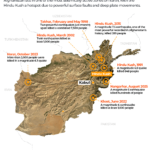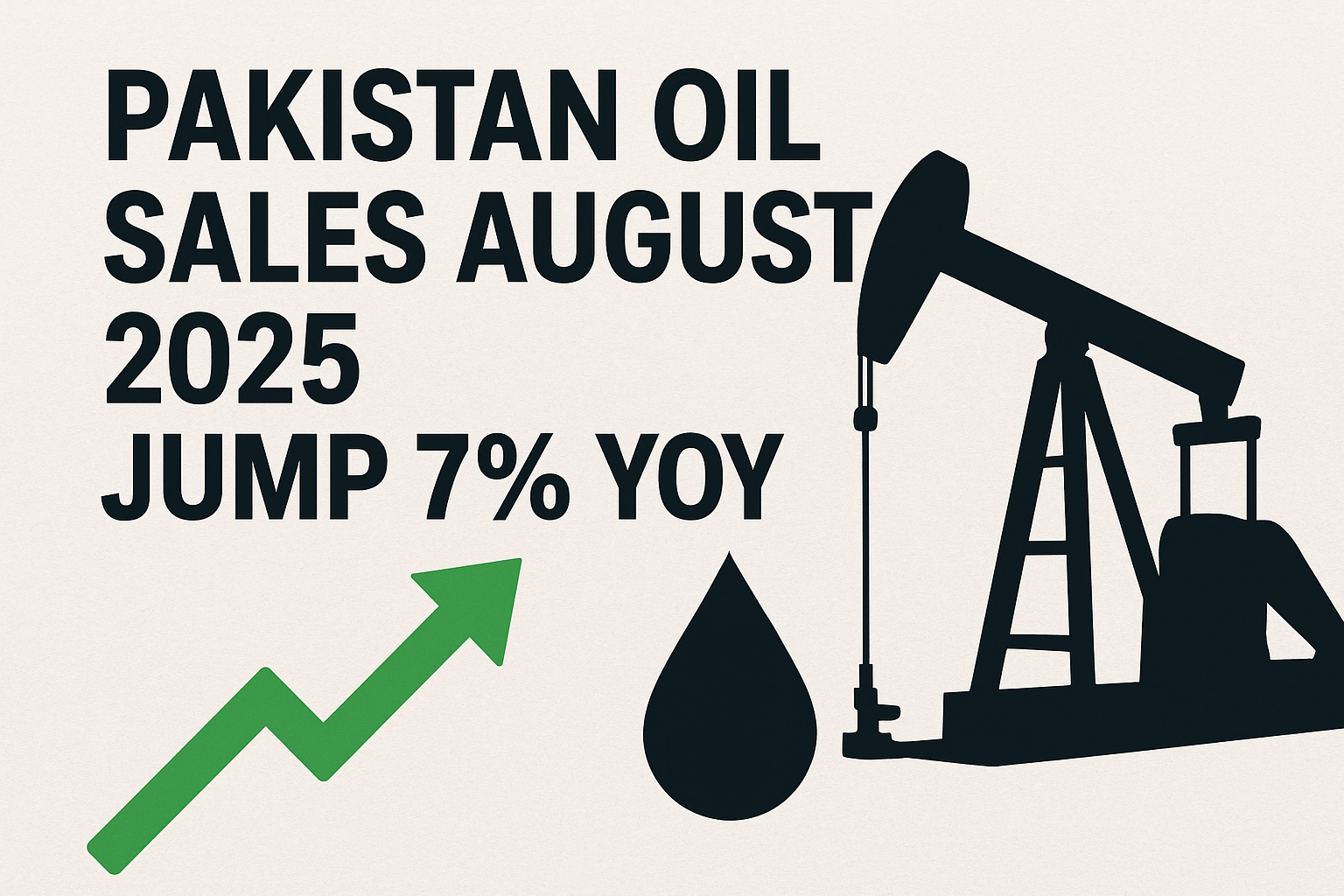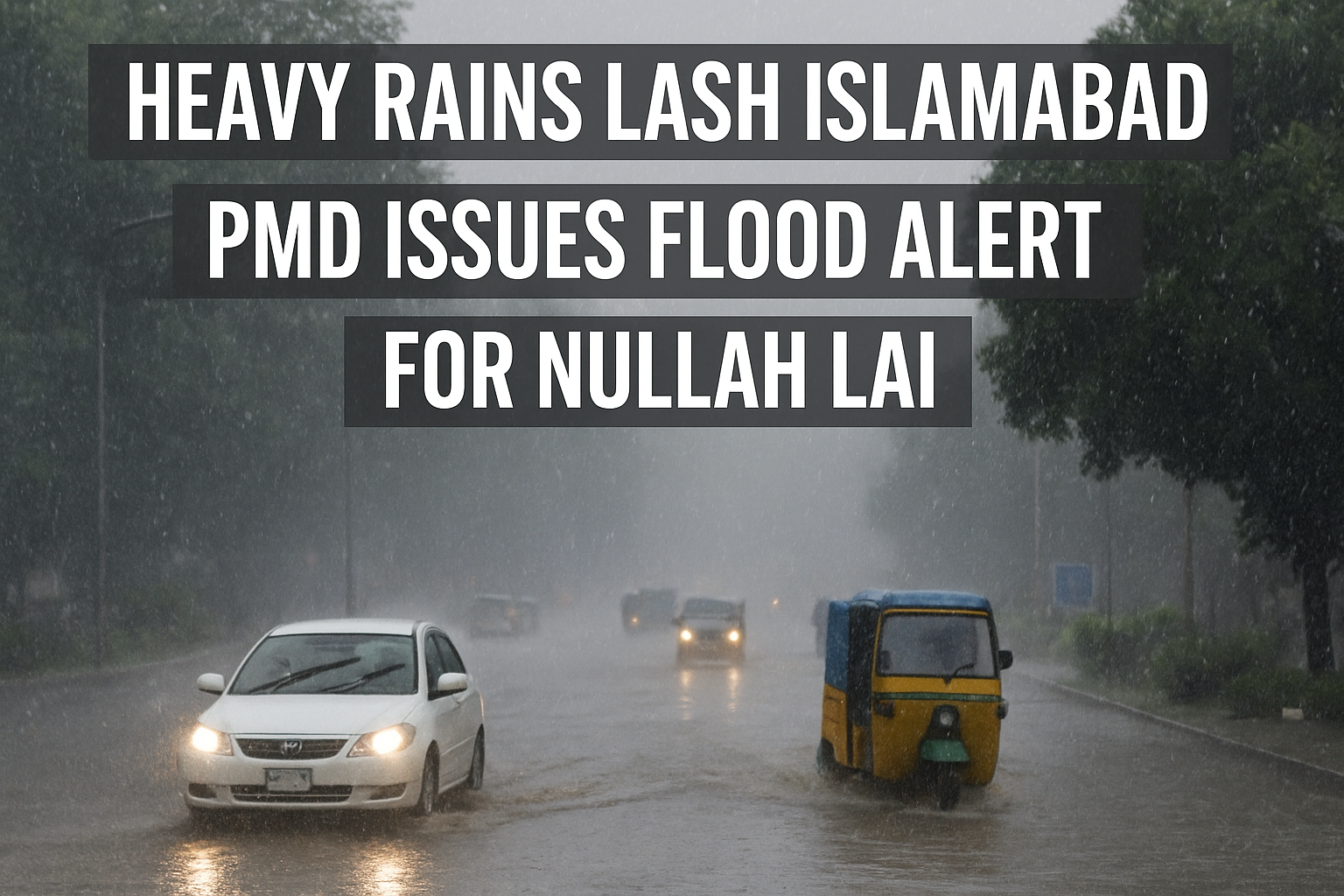Major Earthquakes (2015–2025)
| Date | Magnitude | Location / Region | Approx. Deaths | Details |
|---|---|---|---|---|
| October 26, 2015 | 7.5 | Hindu Kush region (northeastern Afghanistan) | ~117 in Afghanistan; ~272 total including Pakistan/India Al JazeeraAnadolu Ajansı | One of Afghanistan’s strongest quakes in recent records. Anadolu AjansıWorlddata.info |
| January 17, 2022 | 5.3 | Qadis district, Badghis (western Afghanistan) | ~26–30 Al JazeeraWikipedia | Shallow quake; hundreds of homes destroyed, including damage to UNESCO’s Minaret of Jam. Wikipedia |
| June 22, 2022 | 6.1–6.2 | Eastern provinces: Paktika, Paktia, Khost, Nangarhar | ~1,036 in Afghanistan; also many injured Al JazeeraWikipedia | Shallow, violent quake. Homes collapsed; widespread devastation. Wikipedia |
| September 5, 2022 | 5.1 | Kunar (near Jalalabad) | ~18 deaths, ~42 injured Al JazeeraWikipedia | Moderate damage in Kunar and neighboring areas. Wikipedia |
| March 21, 2023 | 6.5 | Badakhshan (northeast) | ~21 in Afghanistan and Pakistan Al JazeeraWikipedia | Intermediate depth; also affected neighboring Pakistan. Wikipedia |
| October 2023 | 6.3 | Herat province (western Afghanistan) | ~1,480 to ~2,445 deaths Al JazeeraWikipediaBritish Red CrossAP News | Series of quakes on Oct 7, 11, and 15. Massive destruction and casualties, up to ~9,420 injured. WikipediaBritish Red CrossAP News |
| August 31, 2025 | 6.0 | Eastern provinces: Kunar, Nangarhar, near Jalalabad | 600–812+ deaths, 2,500–2,800+ injured Al JazeeraFinancial TimesThe Washington Post | Quake struck at midnight. Landslides hampered rescue; entire villages destroyed; dire humanitarian crisis. Financial TimesThe Washington PostReuters |
Summary
Strongest quake: October 2015 (M 7.5).
Deadliest single-event: October 2023 (Herat quakes), with casualties ranging between roughly 1,480 and 2,445.
Eastern region vulnerability: Repeated powerful quakes in Kunar, Nangarhar, and nearby areas—most recently in mid-2025—highlight persistent seismic risk.
Shallow quakes: Events like those in June 2022 and January 2022 caused significant damage due to shallow depth and poor building resilience.














